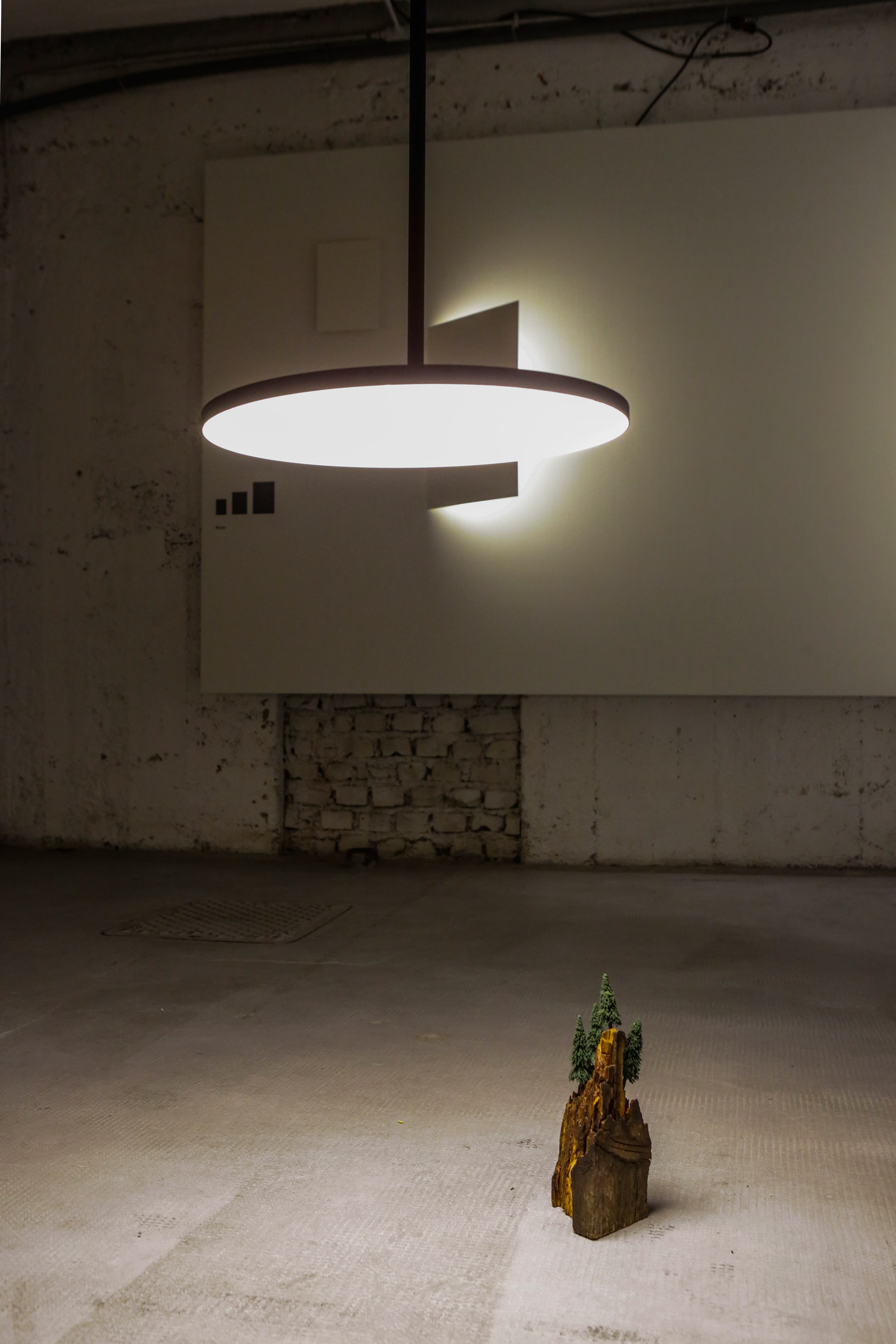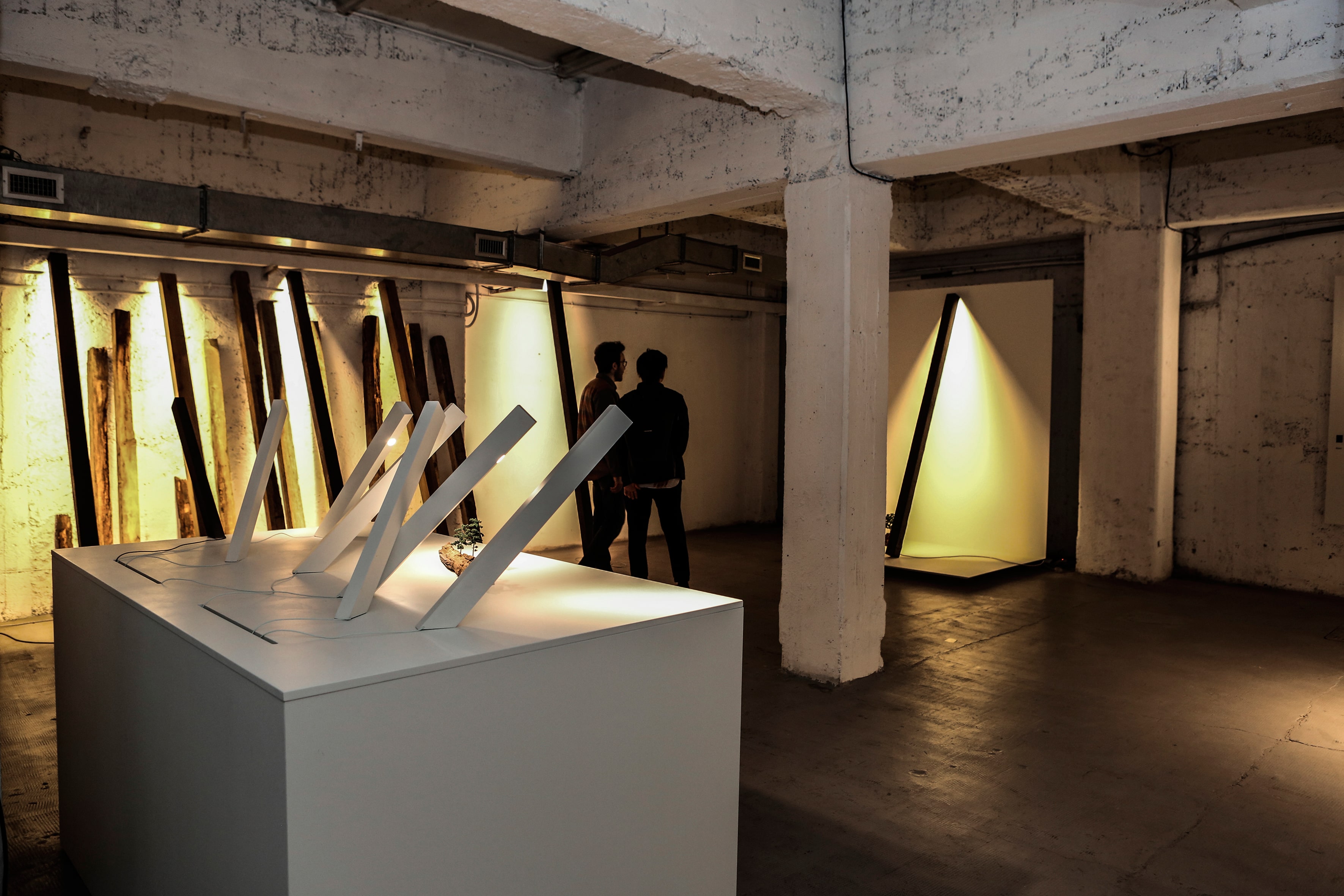An intimist architect that seem to cover the periods favouring less striking, more subdued projects. Emanuel Gargano was born in Assis where he still has his atelier today. He graduates in Urbino and moves with his studio to London where he collaborates with architect Claudio Silvestrin. His great love for natural elements and simplicity, in spite of his several international experiences and many awards. In his luminous proposals he instils the antique soul of things and magically transforms them into very modern, surprising and mysterious objects.
The poles of your work and life roam among Assisi, London, New York. What do you “take” from such different places?
This little village where I was born, in the centre of Italy, located on top of a green little hill, has always been the source of great emotions and mysteries for me; it is completely built with a single type of soberly light pink stone, one single piece carved in a block of stone. The strictly medieval nucleus releases an emotionally captivating primordial energy that is difficult to explain. Even though my studio is in London and the city I love is New York, I never felt so overwhelmed from such monochromatic, light and secret monumentality as in Assisi...
An intimist architect that seem to cover the periods favouring less striking, more subdued projects. Emanuel Gargano was born in Assis where he still has his atelier today. He graduates in Urbino and moves with his studio to London where he collaborates with architect Claudio Silvestrin. His great love for natural elements and simplicity, in spite of his several international experiences and many awards. In his luminous proposals he instils the antique soul of things and magically transforms them into very modern, surprising and mysterious objects.
The poles of your work and life roam among Assisi, London, New York. What do you “take” from such different places?
This little village where I was born, in the centre of Italy, located on top of a green little hill, has always been the source of great emotions and mysteries for me; it is completely built with a single type of soberly light pink stone, one single piece carved in a block of stone. The strictly medieval nucleus releases an emotionally captivating primordial energy that is difficult to explain. Even though my studio is in London and the city I love is New York, I never felt so overwhelmed from such monochromatic, light and secret monumentality as in Assisi. A land where everything seems still, seems as if has existed forever and withstand anything, where you can hear the silence outside any distraction. It is the perfect balance among many impulses that the city offers and the silence of the little village, ideal condition to elaborate any thought.
There is an extreme minimalism in your work, a sense of nature, a real manual skill. Almost a position against the trend of prolific and eclectic design of the past few years. Where does this position come from?
Contrary to common belief, that modern is equivalent to futuristic, my decisions fall on tradition, on materials and inspirations that have forever existed and have just been reinterpreted, everything we choose today has links to the past. Against the trend means to establish that a trend exists, I never followed trends for their temporary nature but I simply dig up in my past trying to bring back memories, episodes and situations to light.
Shape, light, material: what relation do you have with these elements in your work?
Simplicity is reached by means of a simple, modest, sincere intelligence, whose main strategy is the economy tools intended as use of limited range of materials. Any kind of existing material in its original shape and this will only be revealed through light. I always tried not to alter nature of materials in my work, letting them express what they are, I think this is the only way to reach the essential without deleting poetry.
When you participated in the 2016 edition of design at Superstudio, you expressively asked to be in the Basement, an underground space reserved to young promises at the beginning of the profession, even though you were already a well-known professional. Why?
Simplicity is an essential quality of things. The bare, apparently hostile space with no natural light is the ideal situation to relive some recollection, vague memories of blinding flashes of light. All my work on light begins from darkness, from deep black that slowly becomes shadow and in some cases shows with rare intensity exactly how Caravaggio used to do when he brought his light starting from a completely black canvas.
In the building’s underground, that still preserve the air-raid shelter taste of the 40’s, your essential lights created an atmosphere with no time and no place. There was nothing, yet there was everything. Is design subtraction for you?
The idea is to get rid of all that is unnecessary to move lightly in space, concentrating on the intimate essence of few materials, find the delicate balance between ourselves and what surrounds us in that instant, away from noises of the outside world, from visual pollution of millions of images which we submitted to, in order to find a peace oasis. “The more things come close to the inexistence the more they become delicate and evocative”. The effort to create an intimate setting, discreet yet with character, able to communicate a thought, but not to impose it, where the hand that has created it loses its recognition, as if it objectively created itself, without name, just like many intuitions and daily objects that we don’t know who created and designed them. Unpretentiously, space must be felt and absorbed before invading it. Design for me means purifying the unnecessary, removing the excess, a conscious subtraction gesture as opposed to the outside world.
You have received awards and recognitions from all over the world. What gives more satisfaction than a prestigious Award?
Awards and recognitions have the only function to create a sense of proudness in the posterity that maybe in many years will be remembered of you though reports of an episode. I never gave them importance especially in a country such as Italy, I think the only one in the world, that once you win the Compasso d’Oro you must pay ten thousand euros. I think the greatest satisfaction has been showing a sparkling compass to my father who thirty years before had to buy me a compass for school with effort and frustration, the one without the small wheel because it was too expensive.
What can designers and architects do for the future?
I honestly don’t know what they can do, the only thing I can suggest when I happen to talk with young students is to observe with curiosity all aspects of life, especially the ones that cannot be seen and to develop a sense of beyond, incorporeal, create tools that allow to look inside oneself, leaving the often opinionated culture of magazines where they imagined to find solutions to every problem. Only inspecting ones’ own life, one’s pain and joy may suggest new and original visions.



